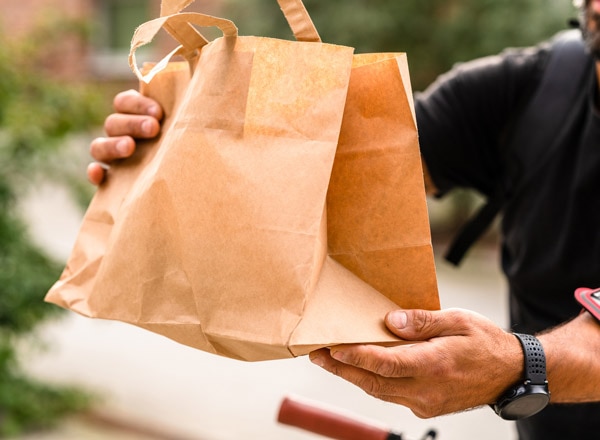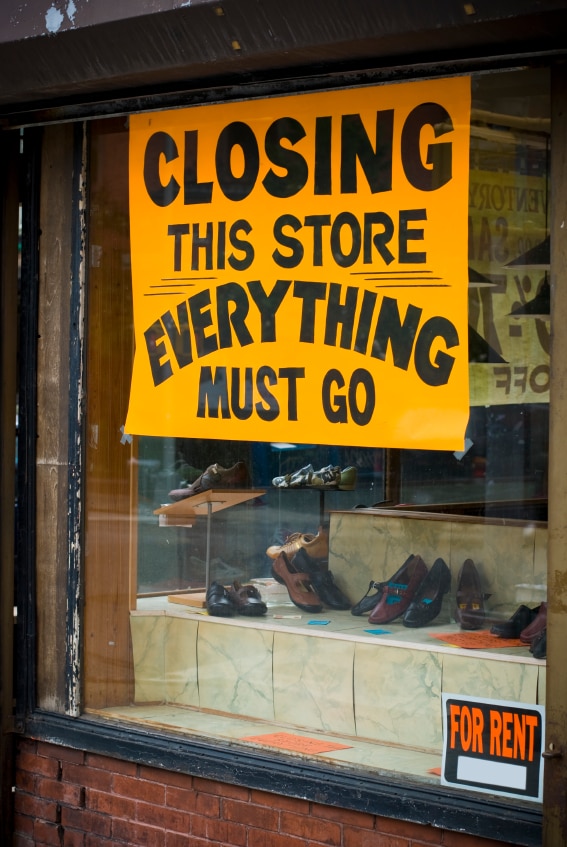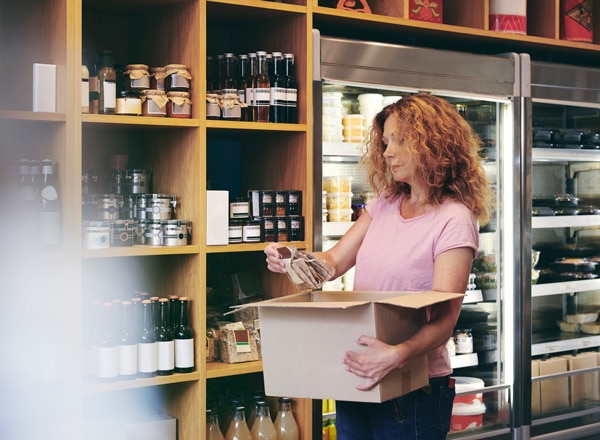Thousands of bars and restaurants across the world have closed their doors in an attempt to slow the spread of the coronavirus.
Those with food delivery services, drive-thrus, and takeout options are mitigating the loss in revenue that comes with closing down dining areas. Meanwhile, restaurants that don’t normally offer these services are scrambling to catch up.
In the USA, the coronavirus could cost the restaurant industry over $225 billion in sales over the next three months, according to the National Restaurant Association. Follow these 10 tips to keep the cash flow floodgates open while your dining room is closed.














